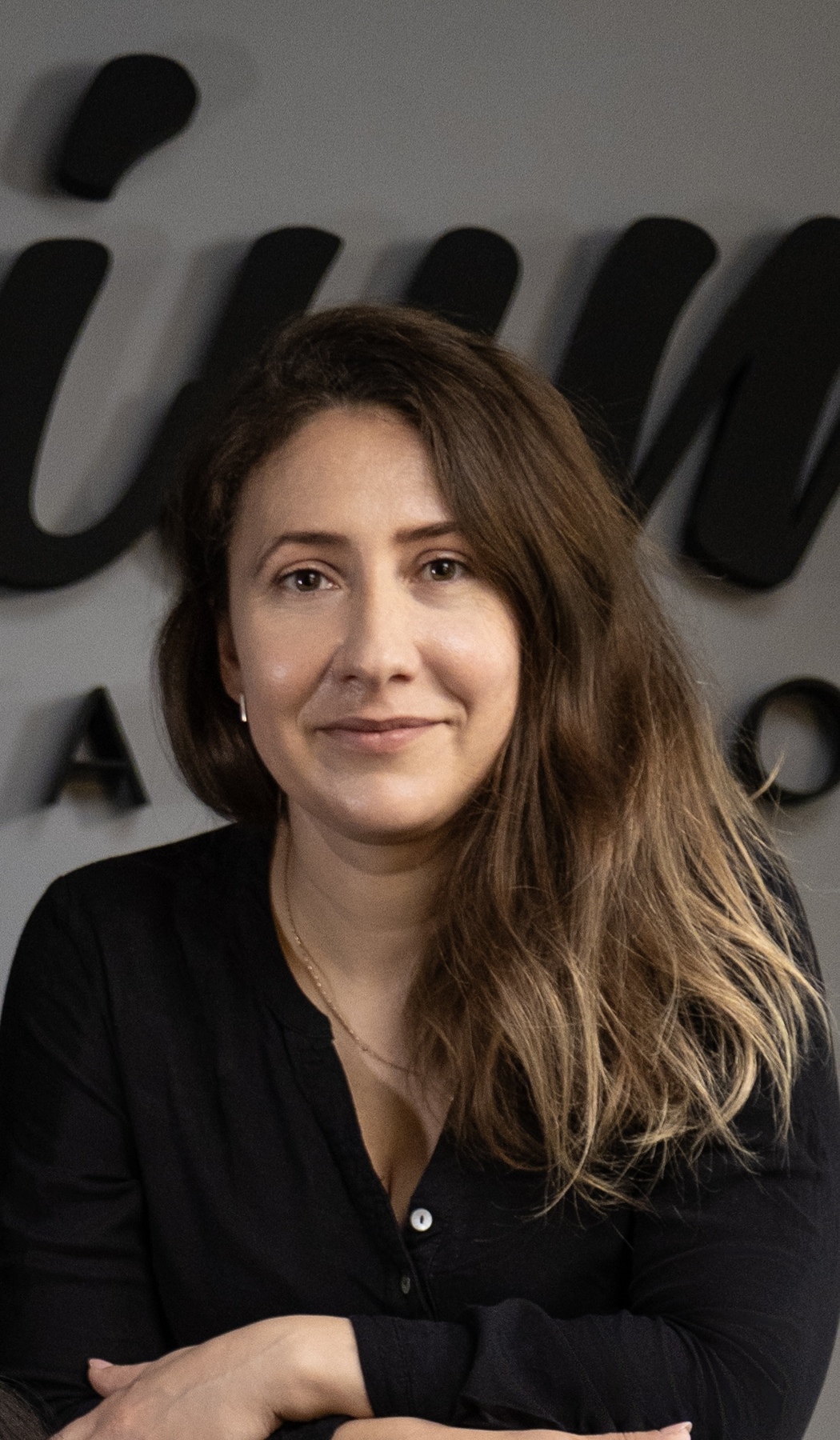Tatiana Vashchishina
Year of birth: 1987.
Where do you live: Toruń, Poland.
Your education: I have a higher artistic education—I graduated from Ivanovo Textile Academy in 2009.
Describe your art in three words: Hyper-realistic tattoos.
Instagram
What brought you into the world of tattoo artistry in 2014? Was it a conscious decision or a spontaneous step?
Tattoos have always fascinated me, and I seriously started thinking about them while studying in my second year at university, back in 2006. However, I had no understanding of where or how to begin.
In 2014, I finally decided to visit a tattoo studio in Kaliningrad with my portfolio of airbrush artwork. By that time, I had already built a solid foundation of knowledge, which allowed me to secure a job right away.
How has your experience with airbrushing, painting walls, cars, and motorcycles influenced your tattooing style?
During my training, I experimented with different styles, but I was always most drawn to realism—working with textures, volume, and atmosphere. Airbrushing played a significant role in shaping my approach because, just like tattooing, it requires transferring a sketch onto a car, motorcycle, or interior wall with maximum precision so that it looks like a photograph. I love working with details.

What was the first tattoo you did for a client? What emotions did you feel?
My first tattoo was an image from Pinterest in the trash-polka style—a black-and-white cat in a helmet with red accents, which the client requested. At that time, everyone used Pinterest as a source of inspiration and references for sketches. Fortunately, technology has since advanced, and artists now have many tools to create unique designs, making tattoos truly one-of-a-kind.
The experience of my first tattoo was unforgettable. The stress and level of responsibility were enormous. My adrenaline was through the roof. But in tattooing, it is crucial to be in control of your emotions.
What is the most important aspect of communicating with a client before starting a tattoo?
The most important part of working with a client is the initial consultation—it determines everything. During the consultation, you can see how much your vision of the tattoo aligns with the client’s, how open they are to your suggestions, and how much they trust your professionalism.
Sometimes, within the first minute of conversation, you already understand what the client wants and how to bring their idea to life. This is the key to success and a comfortable working process moving forward.
Which of your projects has been the most challenging or memorable?
One of my most memorable projects took place this autumn at a tattoo convention in Warsaw. Normally, I participate in categories featuring black-and-gray tattoos, but this time, I decided to challenge myself and do something I had never done before—a two-day color tattoo session.
The project was a sphynx cat with a parrot. My model’s complete trust and endurance allowed us to work for nearly eighteen hours over two days. We made it into the top six best works, which is an excellent result for my first time competing in this category.

What are the main differences between working in a tattoo studio and working solo?
For three years, I had my own tattoo studio in Kaliningrad, where I was not only a tattoo artist but also a manager, photographer, and more—I handled everything on my own. I know from personal experience how much work it takes to run a studio, even with a minimal staff.
When you work for a studio as an employee, you are freed from responsibilities like advertising, ordering supplies, cleaning, initial client communication, scheduling, and so on. This frees up a lot of time that can be spent on professional development or enjoying time with family.
Working in a team also fosters growth. You share knowledge and techniques with colleagues, and they share their discoveries with you. Even if you work in different styles, there is always something new to learn and incorporate into your own work.
Tattooing is a constant process of development and experimentation—whether it’s improving color saturation or optimizing healing techniques.
Do you have a dream or a goal you are striving for in your tattoo career?
My biggest dream is to achieve a high technical level in my work and develop my own distinctive style in realism so that people from all over the world come to me specifically for animal tattoos. That would be the greatest reward.


Leave a Reply